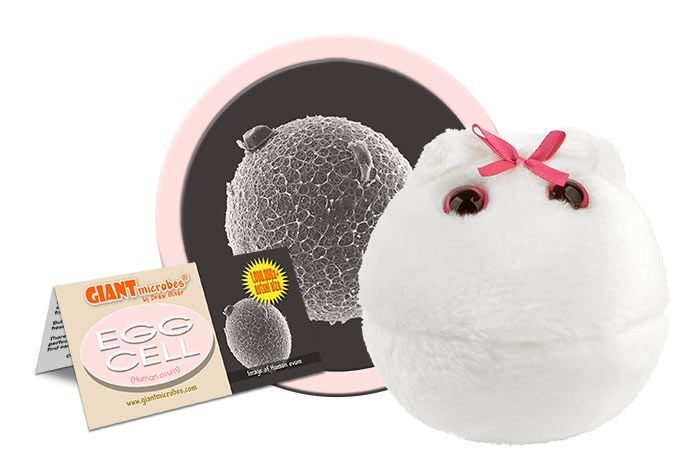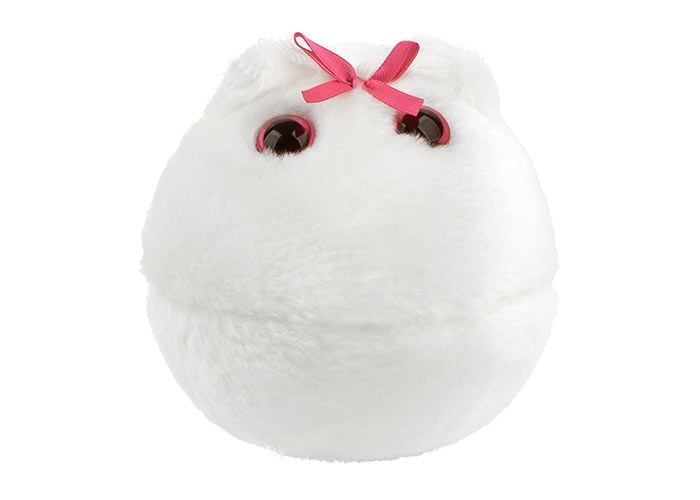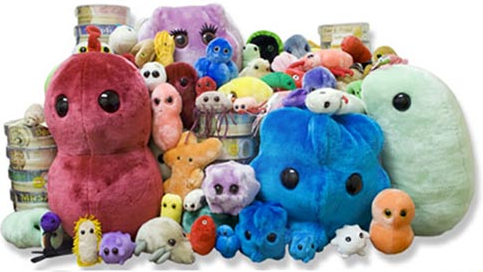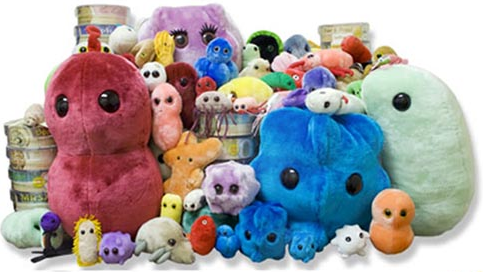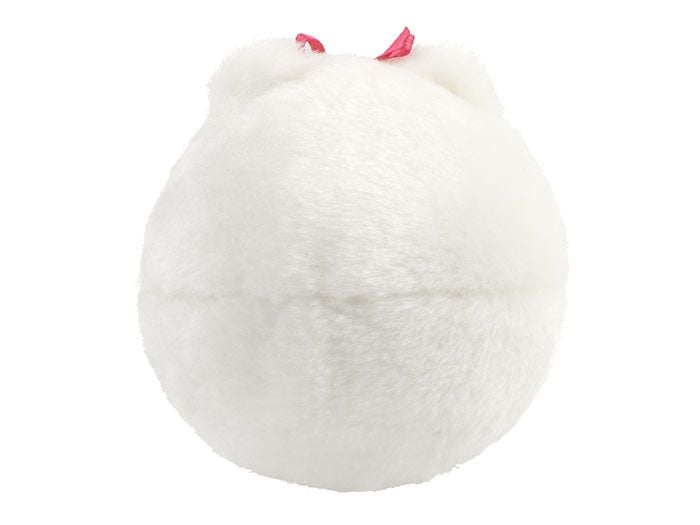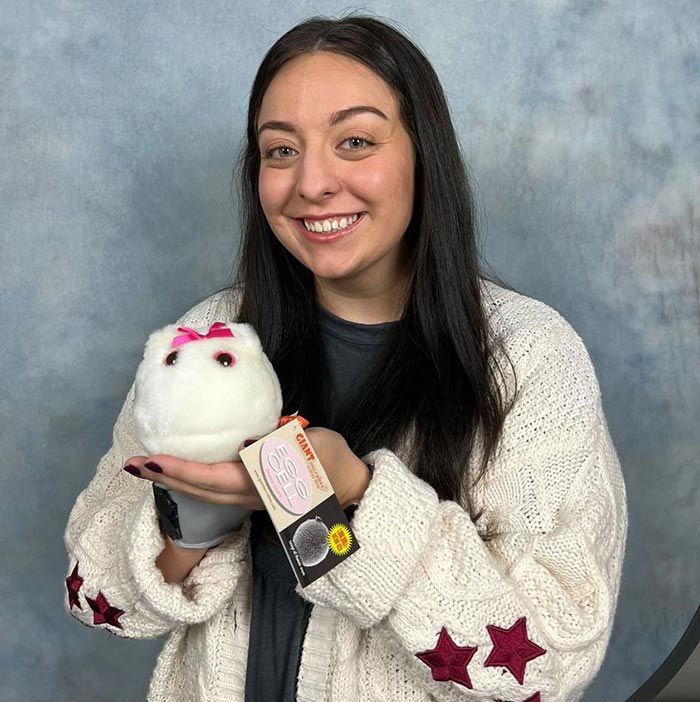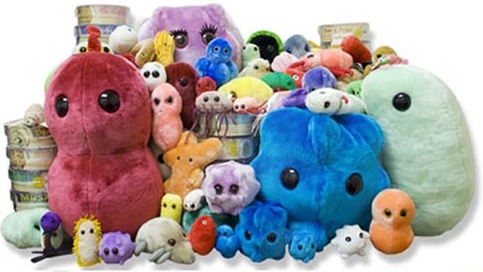Egg Cell (Human ovum)
Our egg cell would love to be the newest member of your family - or get donated to someone special! A fun, hands-on way to learn about biology, health and your remarkable reproductive system.
This memorable gift for friends, family, students, nurses, doctors, fertility professionals, biology and health education, and anyone with a healthy sense of humor! Pairs well with our Sperm Cell plush. Features high quality materials and an educational printed card with fascinating facts about the Egg Cell.
Size: 13 x 13 x 13cm
Product Details
Additional Information
| Sizes | Giantmicrobes are based on actual microbes, cells, organisms and other critters, only 1,000,000 times actual size! Gigantic (GG) 40-60cm XL (XL) 25-38cm Original (PD) 12-20cm Minis (MM) 5-10cm each Keychain (KC) 5-10cm with clip |
|---|---|
| Materials | Plush from all new materials. Stuffed with polyester fiber fill. Surface washable: sponge with water & soap, air dry. |
| Packaging | Each plush microbe includes a printed card with fun, educational and fascinating facts about the actual microbe or cell. |
| Safety | Every product meets or exceeds U.S. and European standards for safety. For ages 3 and up. |
All about Egg Cell (Human ovum)
FACTS: The egg cell, or ovum, is the largest and most important cell in the world – and it’s only found in women!
Although men produce over a million sperm an hour, women are born with a lifetime trove of several million eggs. By adulthood, only about 400,000 remain, and over the course of life, most of the rest – nearly 1,000 a month – are lost. In fact, only about 450 of the millions of egg cells will ever get even a chance to become a baby.
Every day of a woman’s fertile life, several dozen eggs begin developing. Normally, only one will complete the development cycle every month – the rest perish. But the mature egg gets to leave the ovary and take a daring journey down a fallopian tube where it has the chance of encountering eligible sperm.
Like a princess in a fairytale, an egg cell has only about a single day to survive before finding a mate – though because sperm cells can survive for up to 5 days inside a woman’s body, a woman can be fertile for nearly a week.
But egg cells are monogamous: after one sperm has gotten into its heart, the egg hardens its outer wall to ward off any additional suitors.
There are many obstacles – and fierce competition – to becoming the perfect couple. But if all goes well, and the sperm and egg manage to find each other, it can lead to a miracle and a match made in heaven.
| Description | The egg cell, or ovum, is the female reproductive cell. Unlike the sperm, the egg cell is large. It contains cytoplasm and unwound DNA, which promotes internal movement and flow. When the sperm and egg meet, they make a zygote that will grow and divide to become a full person. This is a cute gift for health teachers, gynecologists, or expecting parents. |
|---|
| Name | Ovum comes from the Latin: Ovum=egg. |
|---|
| Actual Size | About 0.15mm, which is 1.5 times the thickness of a sheet of paper. |
|---|
| System | Reproductive System |
|---|
| History | 1827- Karl Ernst von Baer discovered the mammalian ovum. |
|---|
| Fascinating Facts |
Limited: Women are born with a finite number of eggs and they do not produce more throughout life. Big: The egg cell is the largest cell in the human body. |
|---|


